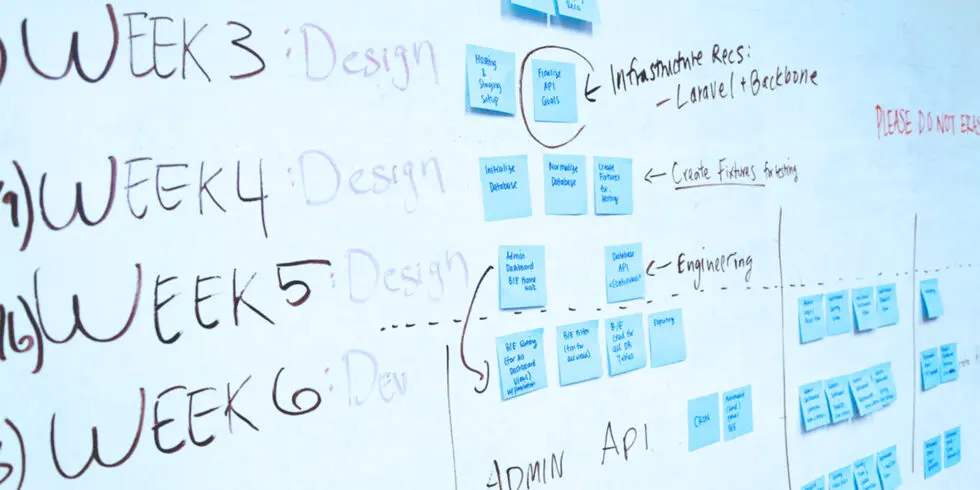Offshore teams have often created troublesome experiences for many companies in the USA that, looking for an offshore rate, spend more time than expected and don’t get the solution they’re looking for.
The way you hire an offshore software development team can make or break your project. Far too often, companies either get ripped off or get stuck with unsatisfactory work while trying to save money, time, and trouble. It’s important to know that offshore development is an outsourcing strategy. With increasing prices, the market is crowded with companies offering software development services at low costs. But the lack of experience, team organization, and professionalism can make any project go wrong or fail. To get the best deal the first time around, here are five essential success strategies to use.
1. Plan well
Put the best developers on the job, keep the project manager closely connected with the officiating company, and use communication tools. The development team should use every software development tool available to expedite the work. The project manager’s role is to connect the client with the developers frequently during the entire process.
2. Establish a plan for the frequency of communication you can expect
The most common problems in outsourcing development are communication and the cultural differences between all the team members and the client. The time zone difference can also be a challenge, so having a transparent and fluid work method is an important goal to achieve for every offshore development project.
Communication comes first, before any other detail. It is the most important element in building a good deal and a good relationship between the client and an outsourcing company. The communication has to be fluid, constant, transparent, and direct among all the team members and the client, from the planning to the final prototyping.
3. Align expectations with your vendor
When it comes to recruiting an offshore development team or consultant, one of the most common errors that architects, project managers, and entrepreneurs make is not effectively managing expectations. Developers might not understand your business needs and the challenges you are facing, and they might not have the right experience to provide solutions, so it’s critical to establish your compatibility before the work begins and for the vendor to provide an outline of how they will deliver it. The scope of the project manager is to make the engagement focused on the objectives of the project. The primary aim is that developers stay within the deadline and within budget.
4. A well-defined workflow needs to be shared
In addition to communication, project management has to guarantee a shared workflow, including team specialization and each team’s responsibilities throughout the project. The client should be clear about the purpose of the software and define these characteristics clearly in the specifications. The project manager should establish relationships between all groups that take part in the development process, and make sure everyone does their best within the expected time. The whole team has to be aware of the timing, the purpose of the project, and the client’s needs, so they all work with a unique and clear aim.
5. Choose the project manager carefully
While much has been said about the importance of trust, communication, and collaboration in a successful software development project, less attention is given to the role of the project manager. Although project management professionals’ contributions to software development projects remain largely behind the scenes, it is critical to talk about this vital role.
The project management of an offshore team is as challenging and demanding as the project itself, not only because of the tasks the project manager has to achieve but also because they are the constant link between the clients and the developers, who might be half a world away. Cultural differences should not be evident during the work process. A flexible, responsible, and efficient project manager is the key to the success of an outsourced software development project. All the four points mentioned above must be handled properly by the head of the team, taking strict control of the communication and constant feedback about the workflow.
Software development outsourcing is a practice that has started to grow in the past decade, and it has been easier to find skilled teams in foreign countries at more affordable rates. This way, companies can take advantage of other economies and get their products and services faster and more cost-effectively than if they did them in-house. In today’s dynamic and fast world, it is essential to have a development team that guarantees continuous improvement because the priority is an effective final product. Transparency, constant communication, and strong project management are the starting points to seek when hiring an offshore development team.
